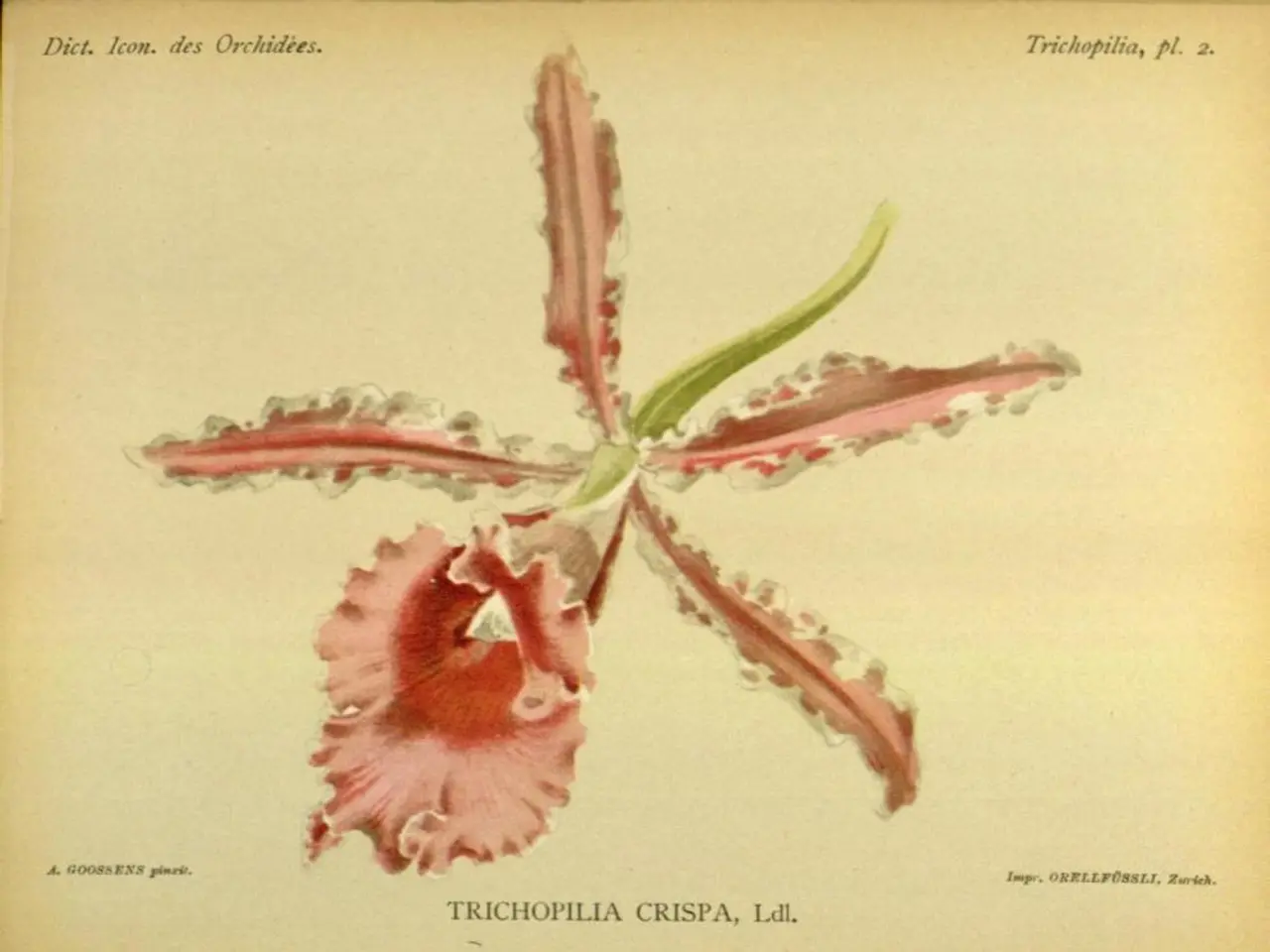Understanding Limerence: The Intense, Unhealthy Infatuation
Psychologist Dorothy Tennov introduced the concept of limerence in 1979, describing it as an intense, obsessive romantic infatuation. Unlike love, limerence is marked by psychological dependency and short duration, often leading to emotional suffering.
Limerence, an involuntary state, is characterized by intrusive thoughts and acute longing for emotional reciprocation, even without interaction from the object of affection. It creates emotional dependency and idealization, unlike healthy love which promotes interdependence and acceptance. Those experiencing limerence tend to derive their self-worth from signs of interest, while love fosters self-acceptance.
Limerence is typically short-lived, lasting between 6 months to 3 years, and often negatively impacts a person's life, affecting their experience and social life. It may seem like love, but it is an unhealthy way to fill inner voids and satisfy unmet childhood needs.
Understanding limerence is crucial for those experiencing it and their loved ones. Recognizing its signs can help manage its intense, often painful, effects and work towards building healthier, more balanced relationships.
Read also:
- Capella Nursing Students Gear Up for Crucial FPX 4050 Assessments
- Comprehensive Overview of Addressing Traumatic Brain Injuries (TBIs)
- Enhanced Health Services Provisioned by San Diego Academic Health Partnership Continues During COVID-19 and Beyond
- Vaccination drive targeting infants under 6 months old against bronchiolitis in the region of Andalucia






